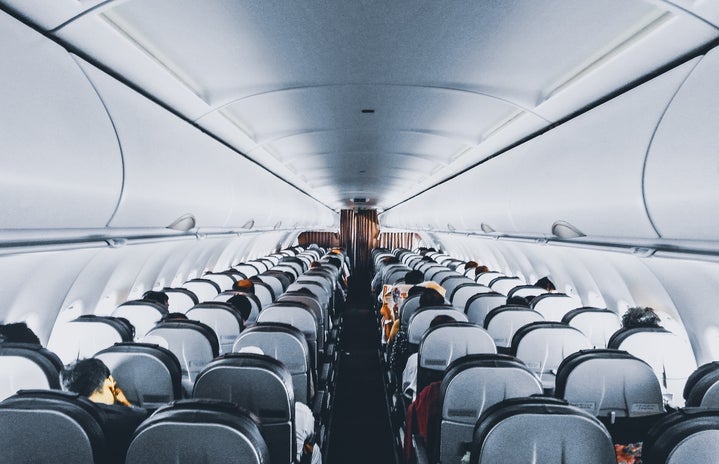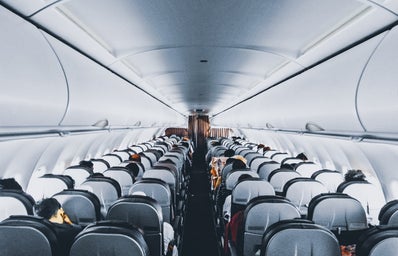After almost two long years of COVID-19 and its accompanying restrictions, international families are finally able to reunite. The United States has begun to reopen its borders, lifting bans on international travelers. On November 8th, the U.S started allowing travelers from over 33 countries — including Europe, China, Canada, Mexico and India.
These travelers must be fully vaccinated with a vaccine approved by the FDA or the World Health Organization (WHO), which means that the millions of travelers from Russia and China where the Sputnik V and CanSino are the primary vaccines are still banned from entering the U.S. Travelers must also provide proof of negative COVID-19 test within three days before travel. The U.S is allowing unvaccinated children and those with underlying conditions that prevent them from getting vaccinated to enter the country as long as they provide a negative COVID test within one day.
Even with these necessary precautions, airlines of international travelers into the U.S are required to have contact information of passengers readily available in case of potential infection of COVID-19.
The termination of this ban does have many positive effects such as the reunification of families and friends, and a boost in spending. The U.S economy is still suffering due to the pandemic and this additional spending in border towns, hotels, and flights could help it stabilize.
However, the U.S opened its border as WHO declared that Europe is the new epicenter of COVID-19. With the surge of variants of COVID-19 and the stalling of efforts to vaccinate their citizens, allowing travelers from these countries definitely leaves the U.S more susceptible to additional outbreaks of COVID-19.


